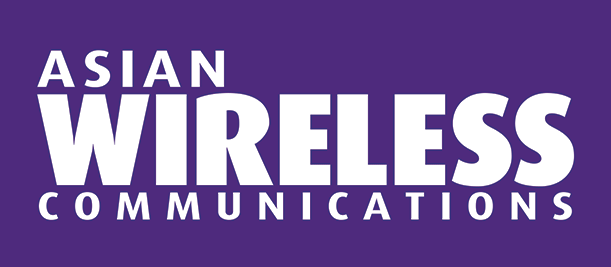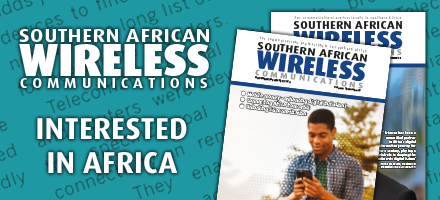24 November 2025
.jpg?lu=871)
NeutraDC Singapore, a subsidiary of Telkom Indonesia’s data centre division NeutraDC, has signed a Memorandum of Understanding (MoU) with chipmaker AMD to develop proof-of-concept projects using AMD’s Instinct accelerators and explore other initiatives to boost AI infrastructure across Southeast Asia.
The agreement covers a broad scope, including technical consulting, potential commercial applications, and a joint AI research and training program aimed at cultivating AI talent and fostering innovation in AI-based products.
Find out more10 November 2025
.jpg?lu=405)
In a move aimed at strengthening the Philippines’ digital infrastructure, DITO Telecommunity and InfiniVAN announced on Friday that they have signed a reciprocal fibre-sharing agreement designed to enhance network resilience, operational coverage, and digital capacity across the country.
Under the terms of a master facilities provisioning agreement (MFPA), both companies will grant each other access to their respective fibre-optic facilities, which include subsea cable systems as well as terrestrial underground and aerial dark fibre.
Find out more
31 October 2025

Fibre network operator Cabos de Timor-Leste (CTL) and Telin, the international subsidiary of Telkom Indonesia, have formalised their collaboration through a Memorandum of Understanding (MoU). This agreement aims to explore opportunities for enhancing digital infrastructure and connectivity between Timor-Leste and Indonesia, fostering stronger regional integration.
According to a joint statement, the MoU establishes a framework for knowledge sharing, capacity building, and potential joint projects, including the development of a bilateral submarine cable system to improve cross-border data transmission. Additional areas of collaboration may encompass submarine cable management, internet development, cybersecurity initiatives, and broader digital transformation efforts.
Find out more30 October 2025
.png?lu=207)
Philippine telecommunications provider PLDT is advancing its digital infrastructure by deploying optical solutions from US vendor Ciena, aiming to improve data transmission from the Asia Direct Cable (ADC) system to local users.
The upgrade involves the deployment of Ciena’s 6500 platform to enhance the backhaul of international traffic — specifically from global cloud providers — across PLDT’s domestic network backbone. This initiative is designed to increase the efficiency, capacity, and reliability of data flows within the Philippines.
Find out more






